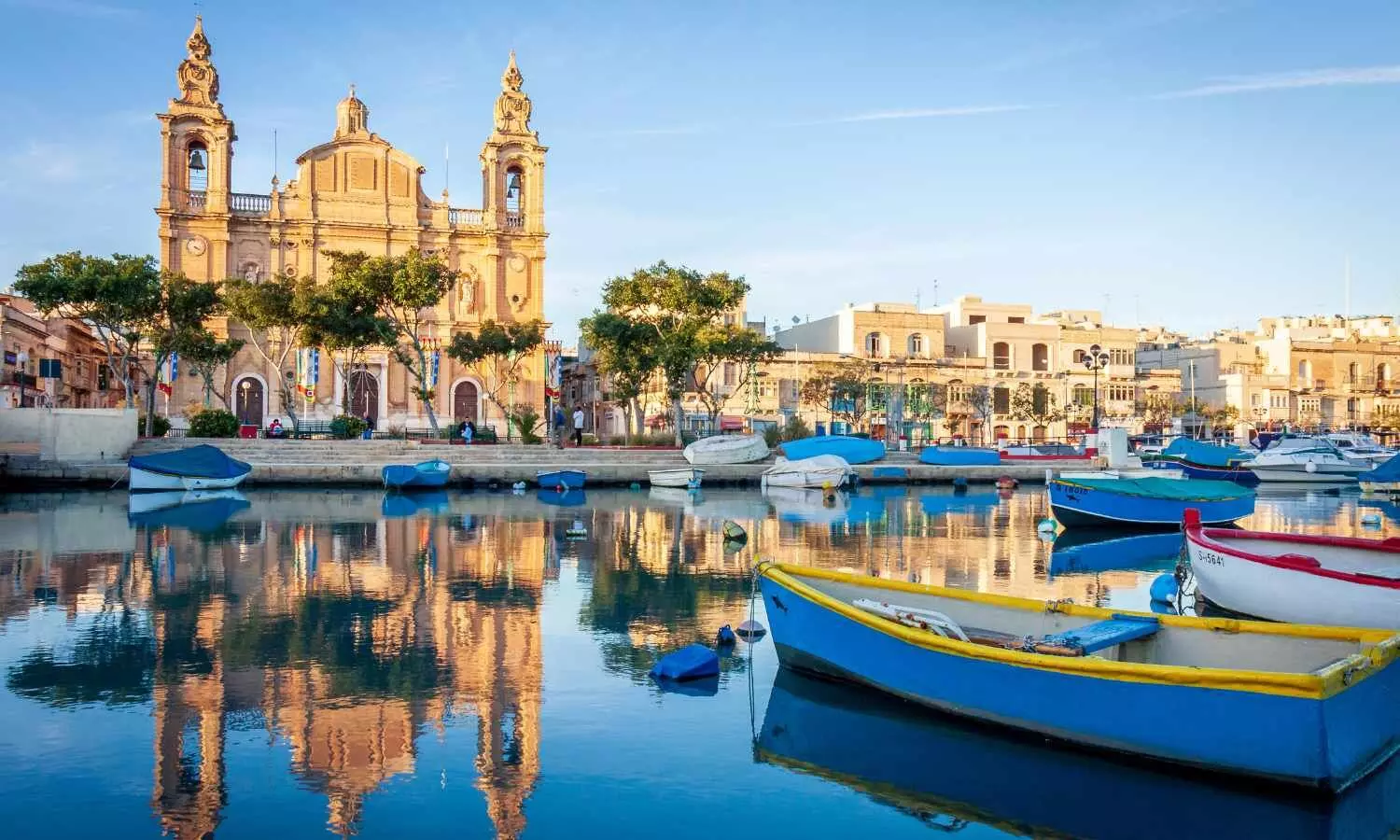Sustainable Tourism Practices is the future of Travel
Sustainable tourism practices are shaping the future of travel by promoting environmental responsibility, local culture, and long-term destination preservation.
Sustainable Tourism Practices is the future of Travel

Tourism is one of the world's fastest growing industries and an important source of foreign exchange and employment, while being closely linked to the social, economic, and environmental well-being of many countries, especially developing countries. Maritime or ocean-related tourism, as well as coastal tourism, are for example vital sectors of the economy in small island developing States (SIDS) and coastal least developed countries (LDCs) (see also: The Potential of the Blue Economy report as well as the Community of Ocean Action on sustainable blue economy).
The World Tourism Organization defines sustainable tourism as “tourism that takes full account of its current and future economic, social and environmental impacts, addressing the needs of visitors, the industry, the environment and host communities".
Sustainable tourism practices in 2025 emphasize minimizing environmental impact, supporting local communities, and promoting responsible travel behaviors. This includes embracing eco-friendly accommodations, engaging in community-based tourism, and making conscious choices to reduce waste and resource consumption.
Biodiversity is vital for tourism and a healthy environment is a critical factor for the competitiveness of the tourism sector. The conservation efforts of many destinations depend largely on tourism revenues. Coasts, mountains, rivers, and forests are major attractions for tourists around the world. Biodiversity lies at the heart of nature-based tourism products – such as wildlife watching, scuba diving or tourism in protected areas. Tourism connects people with nature, it can foster environmental responsibility and conservation if pursued sustainably.
Over 200 organizations have become signatories of the Global Tourism Plastics Initiative at the headquarters level and disclosed their ambitious commitments with regards to the elimination of unnecessary single-use plastics, transition to reuse models and use of reusable, recyclable, or compostable plastic packaging and items.
Sustainable tourism in India is becoming more popular as people realize the need to protect the country’s beautiful nature and rich culture. India’s mountains, beaches, forests, and traditions attract visitors from around the world. But, they need to be cared for to last. Sustainable tourism is about more than just visiting places; it’s about travelling responsibly. This means reducing harm to the environment, respecting local traditions, and helping local communities.
The goal of sustainable tourism is to balance travel with the need to protect resources. It focuses on reducing waste, avoiding overcrowding, and creating eco-friendly options for travellers. By travelling responsibly, tourists can ensure that India’s incredible destinations stay clean, safe, and authentic for future generations, benefiting both local people and the environment.
India is on the brink of becoming a global leader in sustainable tourism. This surge is driven by the country’s diverse geography and increasing awareness about responsible travel practices. India’s travel and tourism sector is expected to grow exponentially in the coming years and is expected to contribute significantly to the country’s GDP. However, as tourism grows, it becomes crucial to balance economic development with ecological preservation.
Tourists worldwide are becoming more conscious of their environmental and social impact. In India, this shift is especially noticeable among younger tourists, such as millennials and Gen Z, who actively seek destinations that prioritize sustainability and cultural authenticity.
Experiential travel is becoming a preferred choice, where visitors immerse themselves in local cultures, try traditional activities, and interact with local communities. For example, travellers are choosing to stay in homestays instead of luxury resorts, participate in organic farming activities, or attend local festivals to experience the culture firsthand. This demand is pushing tour operators, hotels, and travel agencies to integrate sustainable practices into their offerings.
Community-based tourism is a cornerstone of sustainable travel in India. This model ensures that local communities are directly involved in tourism activities and benefit economically from them. In states like Sikkim and Uttarakhand, rural homestays allow visitors to experience the simplicity of village life, taste home-cooked food, and learn about traditional crafts. For example, the homestay program in Mawlynnong, Meghalaya, which is famous for being the cleanest village in Asia, offers an authentic experience of tribal culture while supporting the livelihoods of local residents. These initiatives also empower communities by providing job opportunities and preserving their cultural heritage.
Sustainable tourism requires infrastructure that supports eco-friendly practices. India is witnessing the growth of solar-powered resorts, electric vehicles for transport, and waste-to-energy systems at popular destinations. For instance, in Ladakh, a region vulnerable to climate change, efforts are being made to promote solar energy, reduce plastic waste, and encourage sustainable trekking practices. Kerala’s Responsible Tourism Mission is another example where local handicrafts, organic food, and traditional village experiences are integrated into tourism while minimizing environmental damage.
India’s lesser-explored destinations are emerging as new hubs for sustainable tourism. These off-beat places are away from the crowds of traditional tourist spots and are gaining popularity among eco-conscious travellers who seek authentic and nature-friendly experiences.

